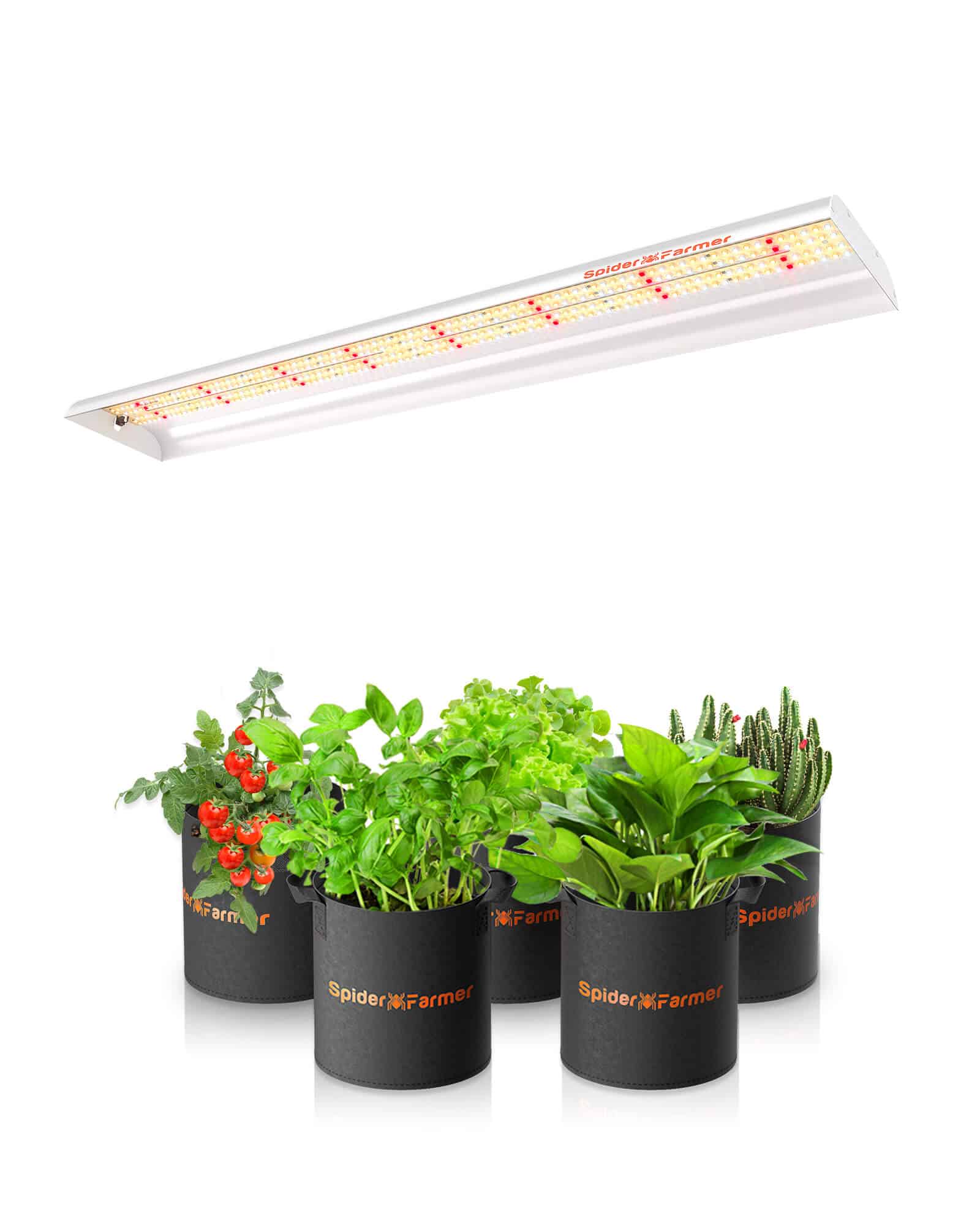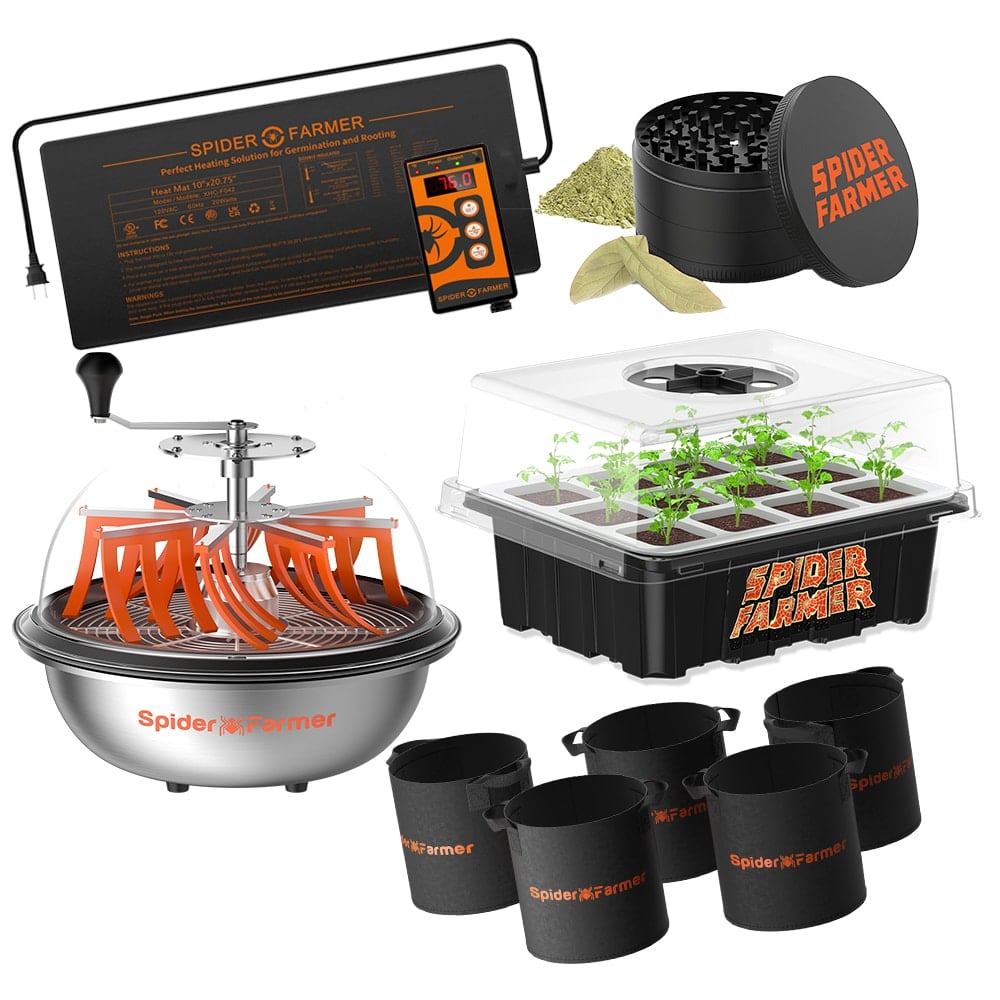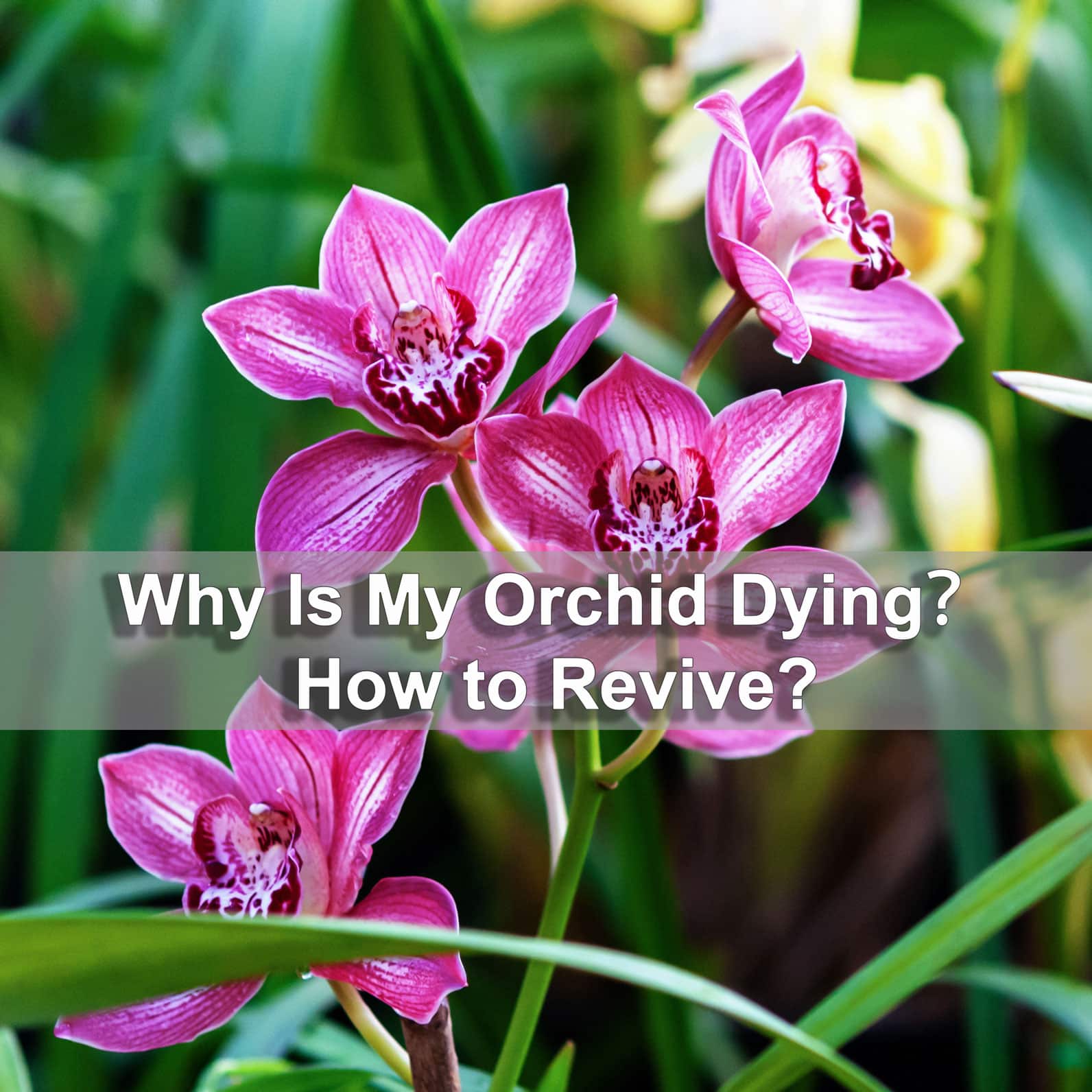Orchids are among the most beautiful and exotic plants you can grow indoors, offering a stunning display of blooms that can brighten any room. However, they are also known for being somewhat finicky, requiring specific care conditions to thrive. If you've noticed your orchid looking less than vibrant, you're probably wondering, "Why is my orchid dying?" In this comprehensive guide, we'll explore the various factors that can contribute to your orchid's decline and provide you with actionable advice on how to revive your cherished plant.
Table of Contents
Is Your Orchid Dying or Just Resting
Possibly, your orchid is just taking a break. Orchids, particularly the popular Phalaenopsis variety, go through a resting period, or dormancy after their blooming cycle has completed. This phase is crucial for the plant, as it gathers energy for the next blooming period. Here are key indicators to help you discern whether your orchid is just resting or if it might be in distress.
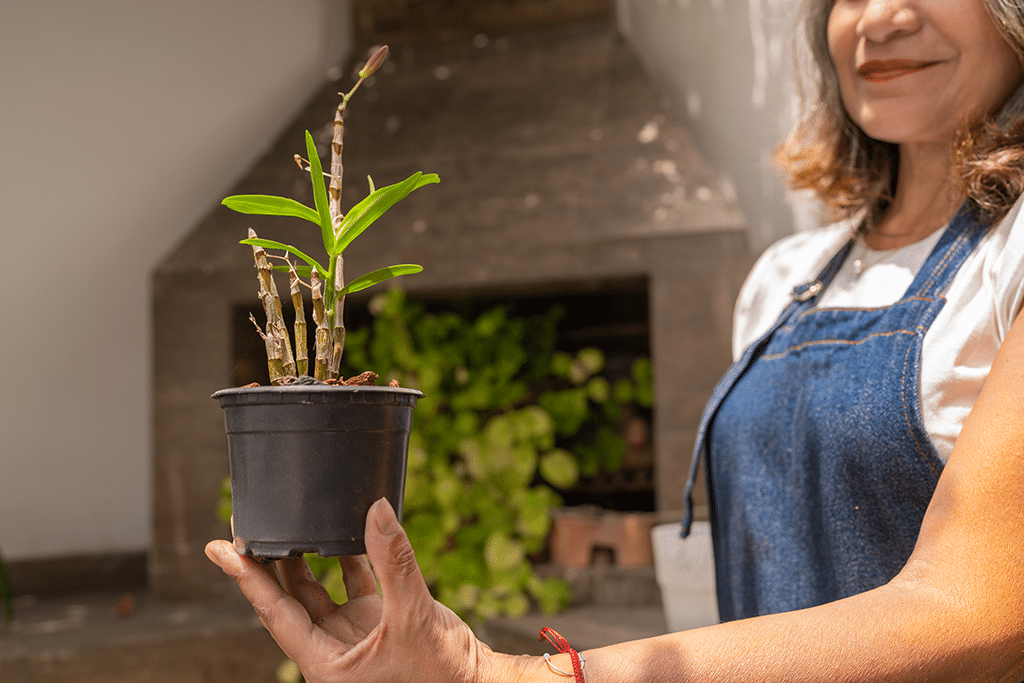
- Leaf and Root Health: A healthy resting orchid will still have green, firm leaves and roots. While an orchid is resting, its leaves should not wilt or turn yellow significantly. The roots, particularly in epiphytic orchids like Phalaenopsis, should remain green or silver and firm to the touch.
- No Blooms or Bud Activity: After an orchid has bloomed, it's natural for the flowers to fall off, and the stem might turn brown and dry. This does not necessarily indicate that the orchid is dying. During rest, the orchid is not actively producing new blooms or buds, which is a normal part of its cycle.
- Slow Growth: It's common for growth to slow down during the resting phase. You might not see new leaves or roots developing as quickly as you did when the plant was actively growing and blooming. This slower pace allows the orchid to conserve energy.
On the contrary, what are the signs of dying orchid plants?
What Does Dying Orchid Look Like
A dying orchid can exhibit several telltale signs that indicate it's in distress and possibly approaching the end of its life if immediate action isn't taken. Understanding these signs can help you diagnose and potentially save your plant. Here are the key indicators of a dying orchid:
- Wilting or Drooping Leaves
If orchid leaves begin to droop, wilt, or feel floppy, it's a sign of distress. This can be due to various reasons, including overwatering, underwatering, or root damage.
- Yellowing or Browning Leaves
While it's natural for an orchid's lower, older leaves to occasionally turn yellow and drop off as part of its growth cycle, excessive yellowing or browning of leaves, especially if it's affecting the newer or upper leaves, is a sign of a problem.
- Root Problems
Healthy orchid roots are typically a silvery-green color and firm to the touch. If the roots are brown, mushy, or brittle, it indicates root rot, usually caused by overwatering or poor drainage. Conversely, shriveled and dry roots suggest underwatering or overly dry air.
- Leaf Spotting
Dark or white spots on the leaves, which may also be sunken or raised, can indicate a fungal or bacterial infection. These diseases can quickly escalate and lead to the death of the plant if not treated promptly.
6 Common Reasons for Dying Orchids
Orchids originate from diverse environments, from the lofty mountains of South America to the dense jungles of Africa, typically thriving in tropical settings. It's beneficial to research the specific natural habitat of your orchid and strive to replicate those conditions within your home.
The majority of issues arise from inaccuracies in the care regimen. Your orchid will signal when it requires attention. Fortunately, many of these issues can be addressed and rectified before the plant deteriorates significantly. Below are the 6 common causes that trigger dying orchids. Check to see if your plant is suffering from one of these.
Overwatering
The pitfall of overwatering is arguably the leading cause of orchid mortality. Orchids, particularly those with thick, fleshy roots like the popular Phalaenopsis, are susceptible to root rot when left in soggy conditions. This is because many orchids are epiphytes in their natural habitat, meaning they grow on other plants rather than in the soil, and their roots are adapted to quick drainage and air exposure. To mimic these conditions, ensure your orchid's potting medium is loose and well-draining, and allow it to dry slightly between waterings. Overwatering symptoms include yellow, soft leaves and black, mushy roots.
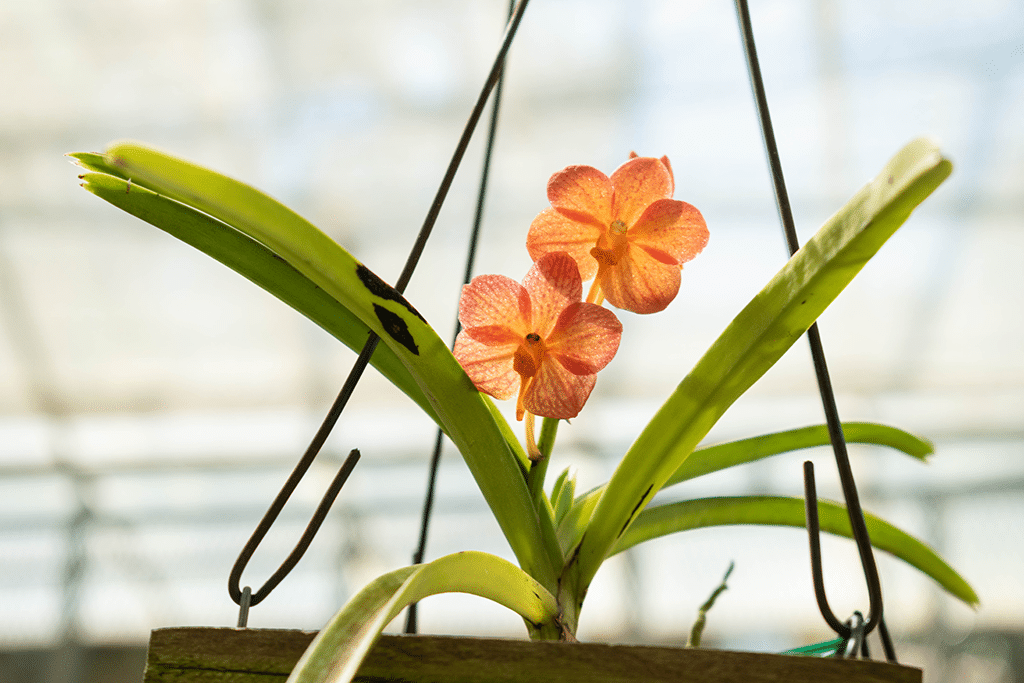
Underwatering
While less common than overwatering, underwatering poses its own risks. Orchids deprived of water for prolonged periods will exhibit dehydrated, wrinkled leaves and stunted growth. The roots may become brittle and gray. Orchids should be watered just as their potting medium dries out, but the frequency depends on factors like the medium used, pot size, and environmental conditions. A consistent watering schedule, adjusted for these variables, will keep your orchid hydrated but not waterlogged.
Lack of Light
Light is crucial for orchids, affecting their ability to photosynthesize and bloom. However, different orchids have varying light requirements. For instance, Phalaenopsis orchids prefer moderate indirect light, while Cattleya orchids thrive in brighter conditions. Insufficient light results in dark green, limp leaves and a lack of blooms. Placing your orchid in a spot that receives ample indirect sunlight or using grow lights can ensure it receives the light it needs without the risk of sunburn.
Excessive Light
Conversely, too much direct sunlight can scorch an orchid's leaves, leading to yellow or brown patches and, in severe cases, the death of the plant. This is often a problem for orchids placed in south-facing windows without any shade. Monitoring your plant's light exposure and using sheer curtains to diffuse direct sunlight can prevent leaf burn and ensure your orchid receives a balanced amount of light.
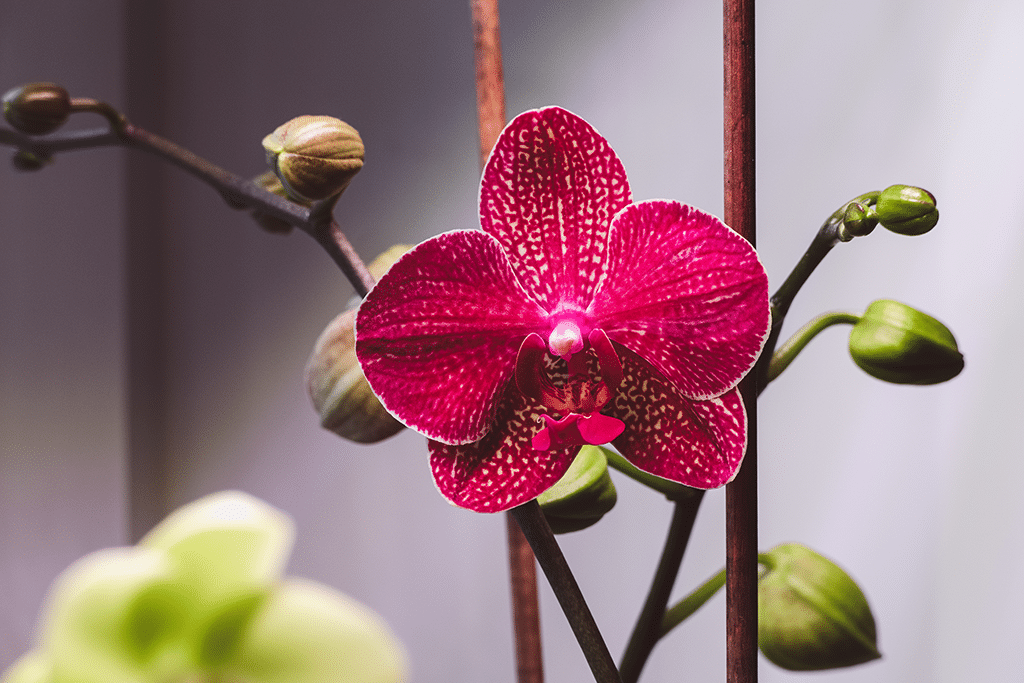
Poor Air Circulation
Orchids thrive in environments with good air movement, which helps prevent the growth of fungal and bacterial diseases by keeping the foliage and medium dry. Poor air circulation can lead to a humid, stagnant environment conducive to disease. Ensuring your orchid is placed in a well-ventilated area and considering the use of a small fan can improve air circulation, mimicking the natural breezes an orchid would experience in the wild.
Pests and Diseases
Orchids can fall prey to various pests and diseases, which can weaken or kill the plant if not addressed. Common pests include spider mites, mealybugs, and scale insects, which feed on plant sap and can quickly infest other houseplants. Diseases like root rot, bacterial soft rot, and fungal spots can also take a toll, often exacerbated by poor cultural conditions. Regular inspections of your orchid, isolating new or sick plants, and applying appropriate treatments (such as insecticidal soap for pests or fungicides for fungal infections) can help manage these problems.
Conclusion
Orchids are delicate plants that require careful attention to detail. By understanding the common reasons why your orchid may be dying and taking the appropriate steps to address these issues, you can help ensure your orchid thrives for years to come. Remember, patience and consistency are key in orchid care.




